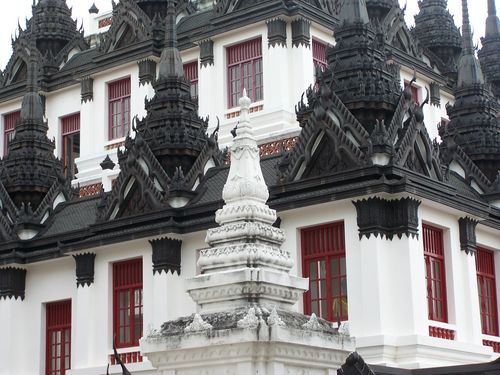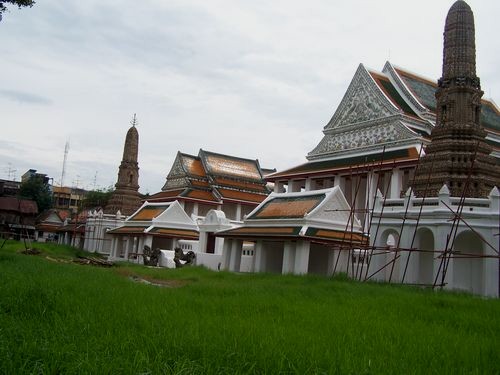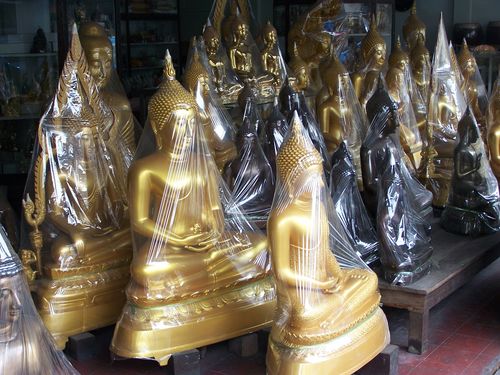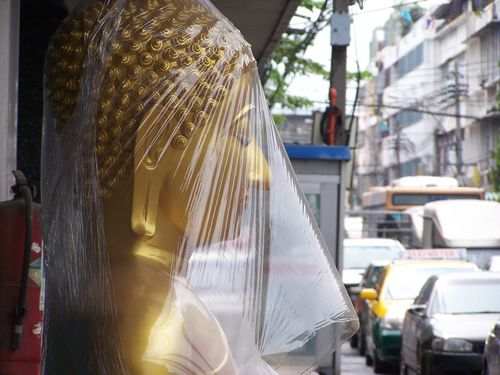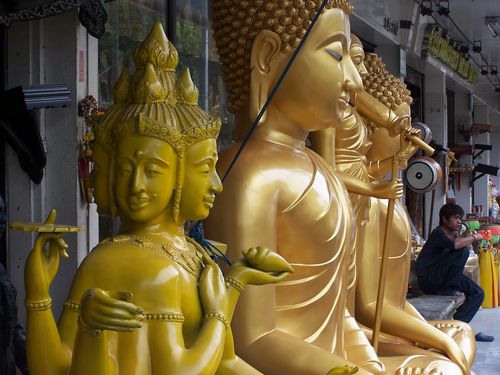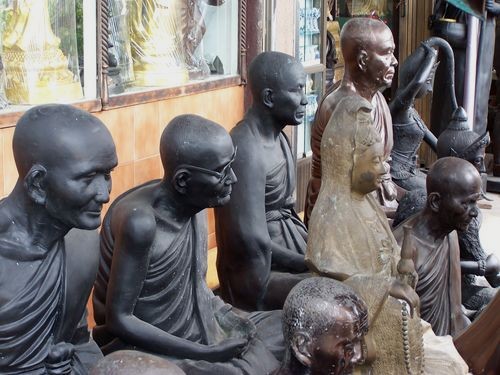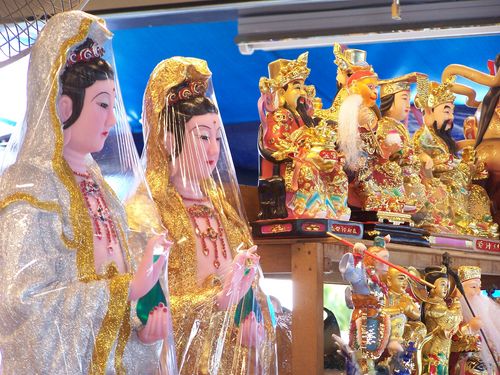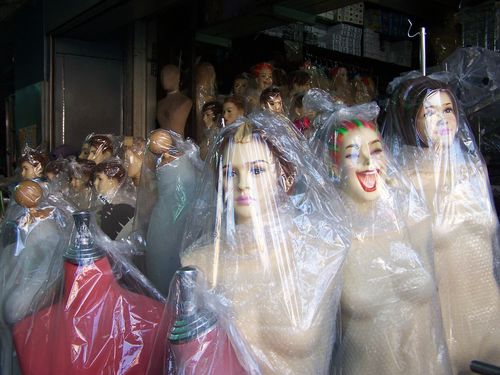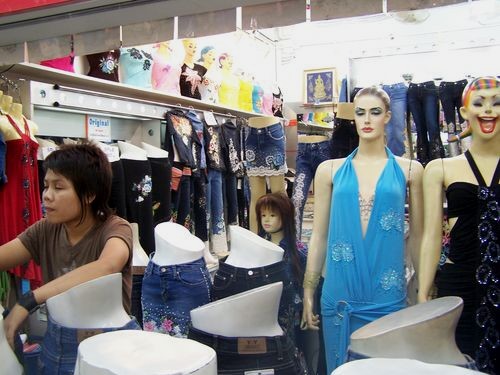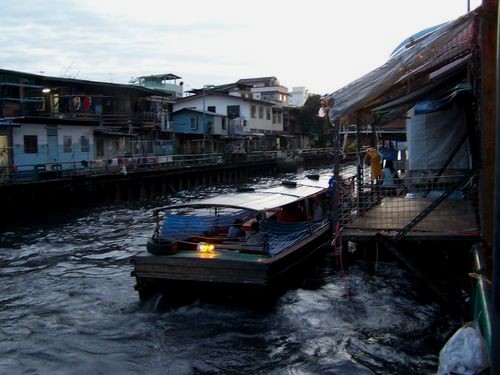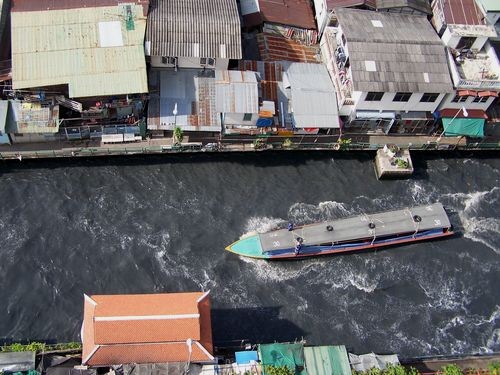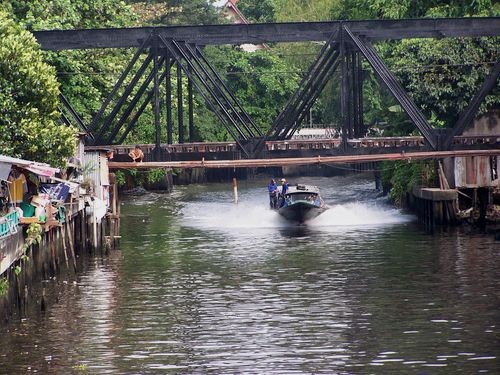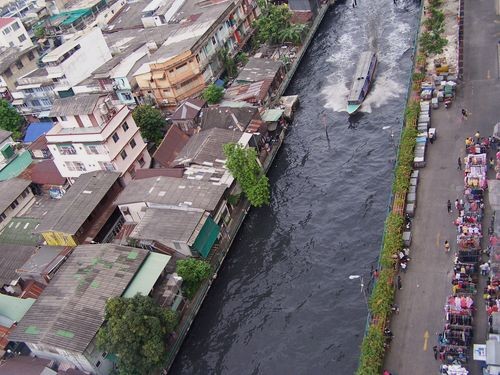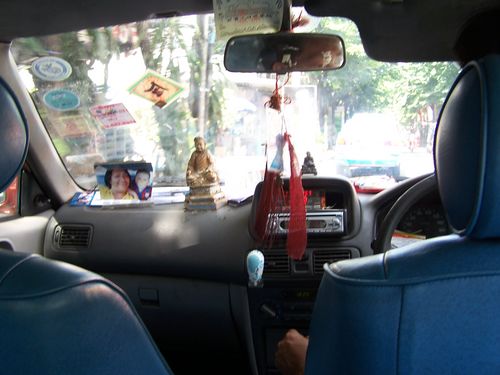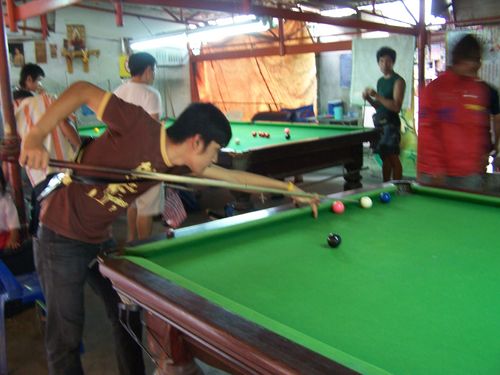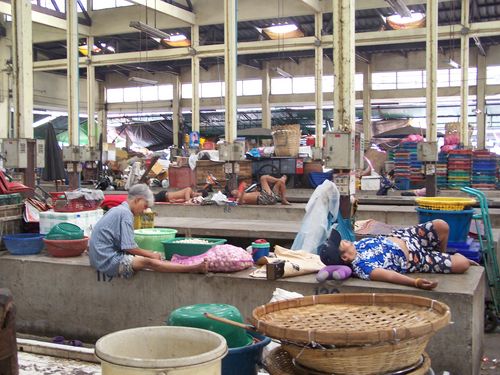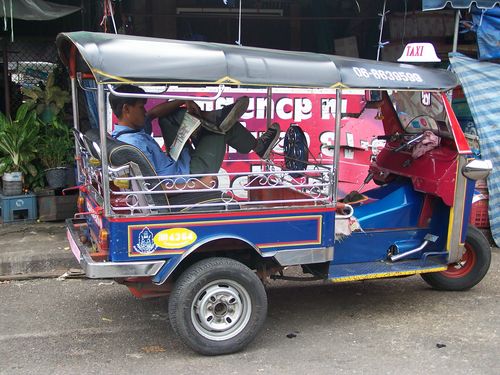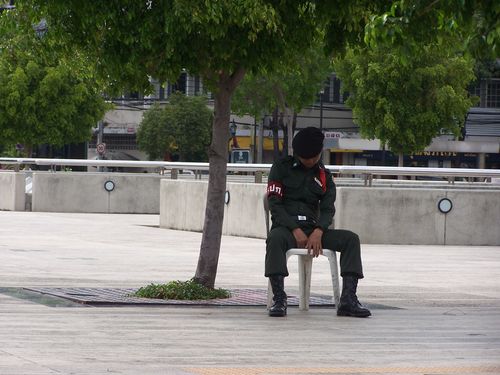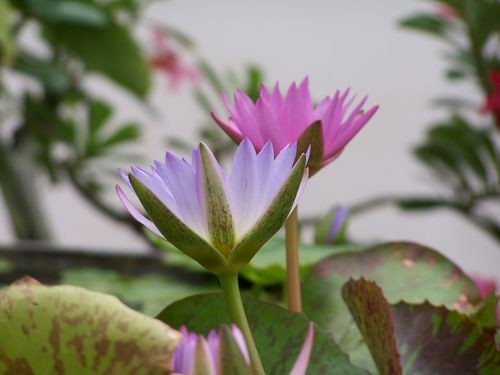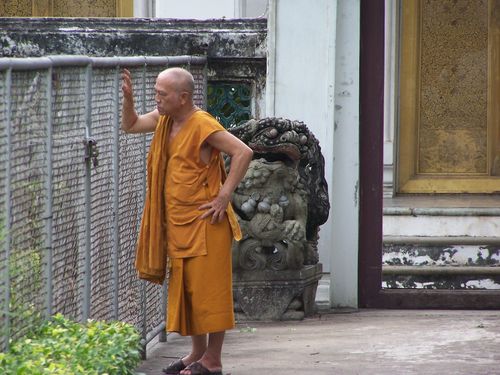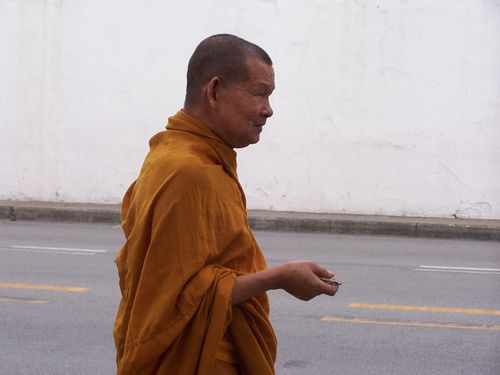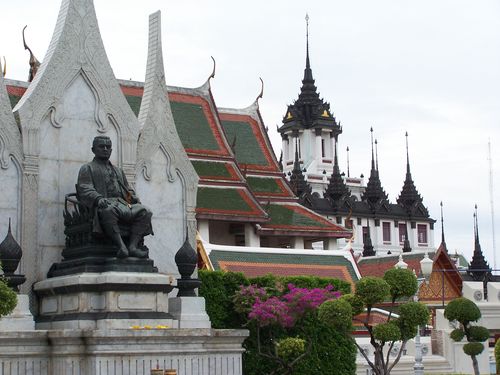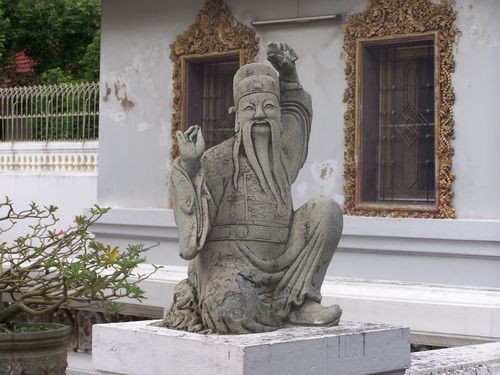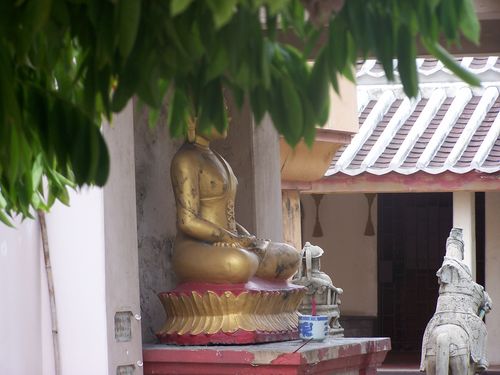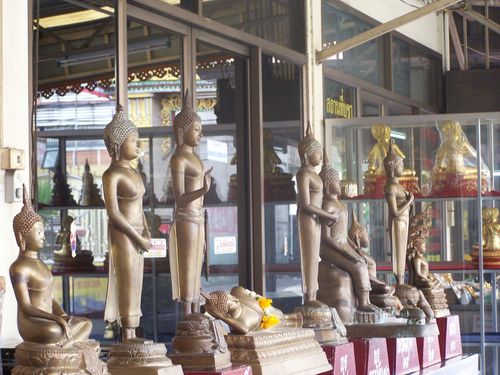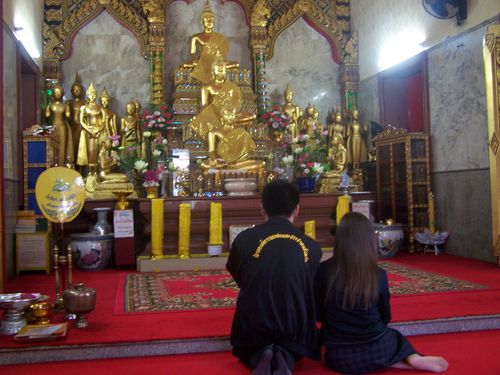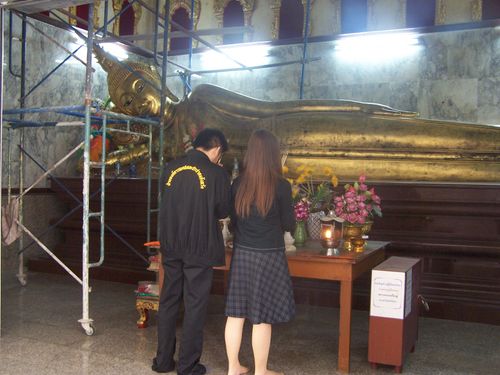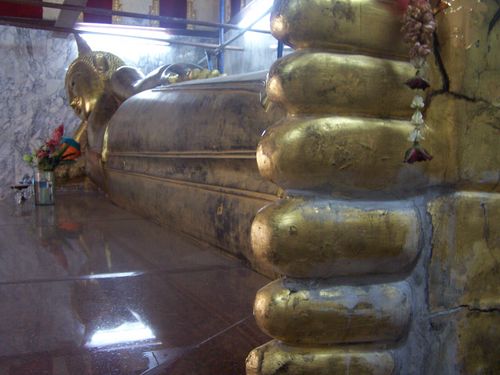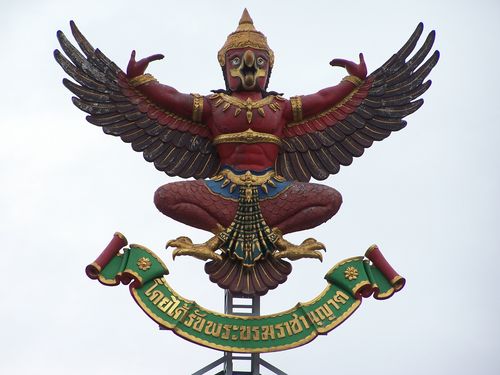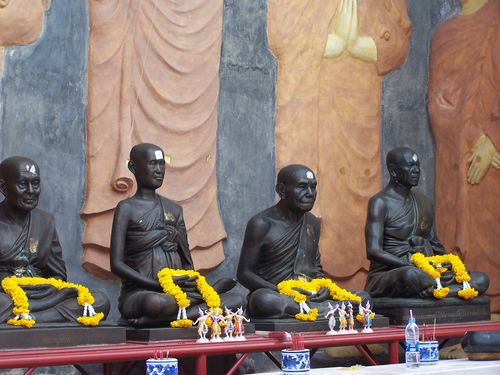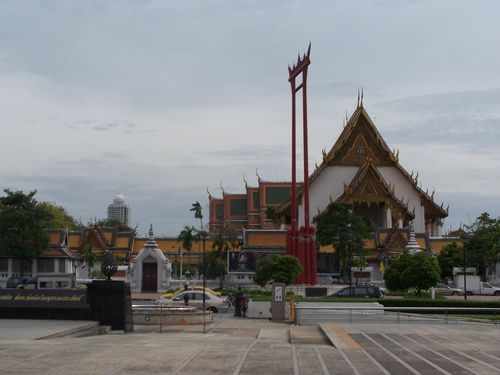As the plane circled for landing, I was surprised by the way the whole landscape had changed. I had come back to Mongolia after more than 10 years and in those ten years, Ulaan Baatar (UB) had grown into a sprawling metropolis with some sky scrappers. However, more than the sky scrappers, it was the spread of Ger-townships on the hills surrounding the capital, that hit me. I remembered those hills completely bare, those gers were not there during my last visit. Mongolia is a huge and almost empty country except for UB and some small centres. (Pic. one of the ever-expanding ger districts of UB)

“Gers” are the round and white Mongolian tent-houses for the nomadic communities, that you can roll up and carry away to the next pastureland. With about 2 million humans and 32 million animals, pastures for animals are an important consideration for building your gers. You need plenty of space around your gers, so that your animals (twin humped camels, horses, goats, sheep, yaks, cows and a few raindeers) get plenty of grass for grazing. Thus your next door neighbours may be 10 or even 20 miles away, for not stepping on your toes. (Pic. Tourist gers are usually whiter, cleaner, and always in groups, and of course they are near panoramic places)

During winters, Mongolians may shift their gers closer to the cities and during summer, people move away for setting up their place near lakes and mountains. The word “city” is used here with lot of imagination since most “big cities” have only a motley group of government buildings and a few houses. Most of the time you just see empty spaces, rolling gentle hills and an occasional man on a horse looking after his animals. (Pic. a Mongolian man on a horse)

To me, Ulaan Baatar seems to be a very long name and I prefer calling it UB. Tuki my Mongolian host says that only foreigners call it UB, Mongolians prefer the full name of their city that literally means Red Hero, a memory from the socialist days. Mongolians had an ancient script that came from Tibetan but socialist era changed that, when monasteries were closed and ransacked, while use of Cyrilic (Russian) alphabet came into practice. UB has more than 50% of the national population and is always growing due to migrants from the countryside. (pic. Parliament house in Sukhbaatar Square of UB)

UB seemed to have changed a lot in these 10 years. The parliament house in Sukhbaatar square had a new facade with an imposing statue of the national hero, Changez Khan. I am never sure how to write his name. Some call him the famous Gengis Khan or we in India had called him in India, Changez Khan. Mongolians call him Changgis Khan and have him every where, from coffee shops to restaurants to beer and vodka bottles. They are building a huge statue of him on the lines of statue of Liberty in NY, just outside UB, looking on from his horse to a sea of rolling never-ending hills. He is responsible for the glory of Mongolia as his empire had stretched from Korakoram right up to Europe. (Pic. the giant Chenggis Khan statue just outside UB)

The choice of eating places in UB, that was extremely limited in the past, had been gradually improving. During my first visit almost twenty years ago, the only edible things I could find were dry meat and potatoes. This time the choice of eating joints seemed endless with a few wonderful Korean places and even two Indian restaurants. BTW, I loved Korean spicy food and insisted on going there every time we had that choice. But if you are a vegetarian and you are invited hom by some Mongolians for lunch or dinner, beware, you may not find much to eat. The Mongolian food is mainly lot of meat from all kinds of animals, often just boiled, along with light salty tea like those used by Tibetans. (Pic. A lunch invitation at a nurse's house in the countryside)

One of the most beautiful places in UB continues to be Gandam Buddhist temple and monastery. Its giant Buddha statue had been broken and thrown away in socialist times, but now a new copy of that statue is back. The stupas are again covered with colourful designs and gold filigree, and hordes of monks walk busily from one end to another. It is difficult to remember its desolate look in the early nineties and Buddhist revival is in full swing. At the end of socialist period, India had helped in this reincarnation of Gandam by nominating a Buddhist monk as its ambassador in UB. Tibetan Buddhism and Dalai Lama are very strong in Mongolia even if Buddhism reached here only 4-5 centuries ago. (Pic. Stupas at Gandam monastery)

During my visit, I kept on passing through UB, but it was outside in the open spaces of Mongolian countryside, away from crowds of UB, that I fell in love with the gently rolling hills on which clouds made lazy designs and the sky seemed never ending. My hands itched constantly to click pictures. “Nothing could be so beautiful”, I kept on repeating, risking a clickitis in my index finger (I swear that it was the first time in my life that my finger hurt from too-much clicking on the camera!). The subtle shades of the earth on those hills were magical. At times hordes of sheep or horses would suddenly appear, sometimes followed by a lonely figure of a shepherd on a horse or a motorcycle, other times we could go on for an hour without seeing anyone. (Pic. clouds making patterns on gently rolling hills in Bayan Ulgii province in the west)

Some times we came across lakes with Turkish blue, dark green, sky blue and other shades of waters, surrounded by craggy mountains of breathtaking beauty without a single soul to look at the view and admire it. The views often remind me of the pictures of Leh and Ladakh that I have seen even if here the altitude is lower, between 1.5 to 3 thousand meters. (Pic. Sezdhan lake in Bayan Ulgii province)

One of the most beautiful panoramas of the entire journey was from Omnogobi to Tarailan, when we had crossed a highland at 3000 meters. It was lovely to see fearless wild rabbits staring back at you, and take their pictures. However, I couldn’t take picture of any marmots, they were very shy and quickly dove away back to their holes as we passed. During that journey thick dark clouds had come out and the whole panorama had become magical, dark and sinister. (Pic. Highlands near Tarailan)

Another view that would remain with me forever is that near Ulaangom, where it had rained and the green grass was like shining emerald. A group of twin humped camels and hundreds of white sheep with black spots lit by the evening sun seemed painted by some magical realism style painter. No picture can ever catch the beauty of that scene. (Pic. After the rains near Ulaangom; a group of camels)


In Sagsai village near the western border of Mongolia, we had visited Kazak houses where they kept pet eagles for traditional hunting. I was mesmerised by the eagle’s eyes as it sat chained down to the ground like a dog, it was so huge and powerful and its eyes seemed to stare into my soul, sending a chill deep inside me. Only female eagles can be kept as pets and in Sagsai every year they have an eagle hunting festival. (Pic. a pet eagle in a village near Sagsai)

Another memory is that of seagulls and other water birds along the hundreds of kilometers long Uvs salt water lake next to the Russian border in the north. Our hosts from the local health department, Dorj and Ebe had sung traditional Mongolian songs. Their rough male voices, vibrating with the Mongolian sounds that are supposed to come from the stomach, in that windswept place with so many seagulls following us hoping to catch some meat or bones, was a unique experience. Try listening to some Mongolian traditional male singing if you have never heard it before, and you will never forget it. It can be rough vibrations kind sound, or even a combination of a shrill whistle and a rough, thick bass, both coming out at the same time, that hums and vibrates in your head. For example listen to the sounds of this video on Youtube, it is not very good quality recording but can give you a glimpse of what I mean. If you have heard Tibetan prayers from Buddhist temples in Ladhakh, these songs are very similar to those sounds. (Pic. the seagulls on Uvs lake)

In Ulaangom we also attended a Buddhist prayer meeting where a delegate of Dalai Lama had come from India. The prayer meeting was held in a stadium, where the green grass, bright orange of the stage and the dark browns of the monks' clothes had made a wonderful colourful combination. It was another occasion for my clickitis. Talking to my Mongolian friends, while I noted reverence towards Tibetan monks and the delegate Rimpoche who has come from Dalai Lama, at the same time, I noticed a bit of problem with all the Buddhist prayers being in Tibetan and not in Mongolian. Thus Mongolians reciting the prayers do not know the meanings of the words of their prayers. I think that some kind of language reform in this sense would be very useful. Monk Rimpoche, delegate of Dalai Lama lives in Dharamsala and he stayed in the same hotel where I was staying and then we travelled together back to UB, so I had the opportunity to say a hello to him. (Pic. A monk at Buddhist prayer meeting in Ulaangom)

Lot of Mongolians believe in Shamanism, defined also a cult of the sky. One of the most visible signs of these beliefs are the "ovoo", heaps of stones with blue and white clothes and motley offerings, especially at the crossings of paths (sometimes you have to imagine those paths rather than actually see them), where travellers stop to go around clockwise and in the end, add a few stones to the heap. There are some times very strong beliefs that picking up and taking away anything from a place, including stones, disturbs its nature spirit and brings misfortune, so remember not to pick any stones for taking back home, as it might make your plane crash. (Pic. An ovoo prayer)

A special high point of this visit was receiving the honorary Uvs province citizenship from the Governor, along with the highest civil honour medal. My hosts had not warned me about it and when it had happened, it was so unexpected. That day as I had walked around showing off my medal in the city square where they were having some kind of military "open-day" celebrations, people had looked at me and smiled, coming to shake hands or just nodding at me. (Pic. Military boys showing off their different kinds of uniforms at the open-day celebrations)

There were some adventures like getting stuck in floods in the eastern Hentii province, difficulties of landing in UB due to strong winds and adventure of going to a toilet in a small village. That toilet was basically a deep hole in the ground, surrounded by some wooden planks and it was in the middle of an empty ground, about 300 meters from the hospital where we were staying. On the morning when I had to use it, there was so much wind that I was afraid of being swept away and when I reached the toilet, the gusts of wind coming from all sides through the wooden planks were so strong that I was afraid of falling down in the shit-pit (it was deep and we were so far away that I was afraid no one would hear my cries for help). I had some bad diarrhoea that morning and it didn’t help when my wad of toilet paper slipped from hands and was blown away. You can imagine my walk back to the hospital after that ordeal. In any case, Mongolia forces you to review your notions about privacy and body functions because of cramped living place inside the gers, lack of toilets in the countryside and lack of hiding places like dunes or plants for relieving your body needs. (Pic. reviewing your notions about privacy and body functions)

However, apart from such small problems including the never ending lunches and dinner with different kinds of meats, meats and meats, it has been an unforgettable journey, especially because of the warm hearted and hospitable Mongolians, forever ready to offer a swig of vodka on every occasion or even without any occasion! To them I would like to say San Beno (hello), Za Bayerla (thanks), Za Bayesta (good bye). (Pic. With some Mongolian friends near Uvs lake)

***
This post was originally written in 2008

“Gers” are the round and white Mongolian tent-houses for the nomadic communities, that you can roll up and carry away to the next pastureland. With about 2 million humans and 32 million animals, pastures for animals are an important consideration for building your gers. You need plenty of space around your gers, so that your animals (twin humped camels, horses, goats, sheep, yaks, cows and a few raindeers) get plenty of grass for grazing. Thus your next door neighbours may be 10 or even 20 miles away, for not stepping on your toes. (Pic. Tourist gers are usually whiter, cleaner, and always in groups, and of course they are near panoramic places)

During winters, Mongolians may shift their gers closer to the cities and during summer, people move away for setting up their place near lakes and mountains. The word “city” is used here with lot of imagination since most “big cities” have only a motley group of government buildings and a few houses. Most of the time you just see empty spaces, rolling gentle hills and an occasional man on a horse looking after his animals. (Pic. a Mongolian man on a horse)

To me, Ulaan Baatar seems to be a very long name and I prefer calling it UB. Tuki my Mongolian host says that only foreigners call it UB, Mongolians prefer the full name of their city that literally means Red Hero, a memory from the socialist days. Mongolians had an ancient script that came from Tibetan but socialist era changed that, when monasteries were closed and ransacked, while use of Cyrilic (Russian) alphabet came into practice. UB has more than 50% of the national population and is always growing due to migrants from the countryside. (pic. Parliament house in Sukhbaatar Square of UB)

UB seemed to have changed a lot in these 10 years. The parliament house in Sukhbaatar square had a new facade with an imposing statue of the national hero, Changez Khan. I am never sure how to write his name. Some call him the famous Gengis Khan or we in India had called him in India, Changez Khan. Mongolians call him Changgis Khan and have him every where, from coffee shops to restaurants to beer and vodka bottles. They are building a huge statue of him on the lines of statue of Liberty in NY, just outside UB, looking on from his horse to a sea of rolling never-ending hills. He is responsible for the glory of Mongolia as his empire had stretched from Korakoram right up to Europe. (Pic. the giant Chenggis Khan statue just outside UB)

The choice of eating places in UB, that was extremely limited in the past, had been gradually improving. During my first visit almost twenty years ago, the only edible things I could find were dry meat and potatoes. This time the choice of eating joints seemed endless with a few wonderful Korean places and even two Indian restaurants. BTW, I loved Korean spicy food and insisted on going there every time we had that choice. But if you are a vegetarian and you are invited hom by some Mongolians for lunch or dinner, beware, you may not find much to eat. The Mongolian food is mainly lot of meat from all kinds of animals, often just boiled, along with light salty tea like those used by Tibetans. (Pic. A lunch invitation at a nurse's house in the countryside)

One of the most beautiful places in UB continues to be Gandam Buddhist temple and monastery. Its giant Buddha statue had been broken and thrown away in socialist times, but now a new copy of that statue is back. The stupas are again covered with colourful designs and gold filigree, and hordes of monks walk busily from one end to another. It is difficult to remember its desolate look in the early nineties and Buddhist revival is in full swing. At the end of socialist period, India had helped in this reincarnation of Gandam by nominating a Buddhist monk as its ambassador in UB. Tibetan Buddhism and Dalai Lama are very strong in Mongolia even if Buddhism reached here only 4-5 centuries ago. (Pic. Stupas at Gandam monastery)

During my visit, I kept on passing through UB, but it was outside in the open spaces of Mongolian countryside, away from crowds of UB, that I fell in love with the gently rolling hills on which clouds made lazy designs and the sky seemed never ending. My hands itched constantly to click pictures. “Nothing could be so beautiful”, I kept on repeating, risking a clickitis in my index finger (I swear that it was the first time in my life that my finger hurt from too-much clicking on the camera!). The subtle shades of the earth on those hills were magical. At times hordes of sheep or horses would suddenly appear, sometimes followed by a lonely figure of a shepherd on a horse or a motorcycle, other times we could go on for an hour without seeing anyone. (Pic. clouds making patterns on gently rolling hills in Bayan Ulgii province in the west)

Some times we came across lakes with Turkish blue, dark green, sky blue and other shades of waters, surrounded by craggy mountains of breathtaking beauty without a single soul to look at the view and admire it. The views often remind me of the pictures of Leh and Ladakh that I have seen even if here the altitude is lower, between 1.5 to 3 thousand meters. (Pic. Sezdhan lake in Bayan Ulgii province)

One of the most beautiful panoramas of the entire journey was from Omnogobi to Tarailan, when we had crossed a highland at 3000 meters. It was lovely to see fearless wild rabbits staring back at you, and take their pictures. However, I couldn’t take picture of any marmots, they were very shy and quickly dove away back to their holes as we passed. During that journey thick dark clouds had come out and the whole panorama had become magical, dark and sinister. (Pic. Highlands near Tarailan)

Another view that would remain with me forever is that near Ulaangom, where it had rained and the green grass was like shining emerald. A group of twin humped camels and hundreds of white sheep with black spots lit by the evening sun seemed painted by some magical realism style painter. No picture can ever catch the beauty of that scene. (Pic. After the rains near Ulaangom; a group of camels)


In Sagsai village near the western border of Mongolia, we had visited Kazak houses where they kept pet eagles for traditional hunting. I was mesmerised by the eagle’s eyes as it sat chained down to the ground like a dog, it was so huge and powerful and its eyes seemed to stare into my soul, sending a chill deep inside me. Only female eagles can be kept as pets and in Sagsai every year they have an eagle hunting festival. (Pic. a pet eagle in a village near Sagsai)

Another memory is that of seagulls and other water birds along the hundreds of kilometers long Uvs salt water lake next to the Russian border in the north. Our hosts from the local health department, Dorj and Ebe had sung traditional Mongolian songs. Their rough male voices, vibrating with the Mongolian sounds that are supposed to come from the stomach, in that windswept place with so many seagulls following us hoping to catch some meat or bones, was a unique experience. Try listening to some Mongolian traditional male singing if you have never heard it before, and you will never forget it. It can be rough vibrations kind sound, or even a combination of a shrill whistle and a rough, thick bass, both coming out at the same time, that hums and vibrates in your head. For example listen to the sounds of this video on Youtube, it is not very good quality recording but can give you a glimpse of what I mean. If you have heard Tibetan prayers from Buddhist temples in Ladhakh, these songs are very similar to those sounds. (Pic. the seagulls on Uvs lake)

In Ulaangom we also attended a Buddhist prayer meeting where a delegate of Dalai Lama had come from India. The prayer meeting was held in a stadium, where the green grass, bright orange of the stage and the dark browns of the monks' clothes had made a wonderful colourful combination. It was another occasion for my clickitis. Talking to my Mongolian friends, while I noted reverence towards Tibetan monks and the delegate Rimpoche who has come from Dalai Lama, at the same time, I noticed a bit of problem with all the Buddhist prayers being in Tibetan and not in Mongolian. Thus Mongolians reciting the prayers do not know the meanings of the words of their prayers. I think that some kind of language reform in this sense would be very useful. Monk Rimpoche, delegate of Dalai Lama lives in Dharamsala and he stayed in the same hotel where I was staying and then we travelled together back to UB, so I had the opportunity to say a hello to him. (Pic. A monk at Buddhist prayer meeting in Ulaangom)

Lot of Mongolians believe in Shamanism, defined also a cult of the sky. One of the most visible signs of these beliefs are the "ovoo", heaps of stones with blue and white clothes and motley offerings, especially at the crossings of paths (sometimes you have to imagine those paths rather than actually see them), where travellers stop to go around clockwise and in the end, add a few stones to the heap. There are some times very strong beliefs that picking up and taking away anything from a place, including stones, disturbs its nature spirit and brings misfortune, so remember not to pick any stones for taking back home, as it might make your plane crash. (Pic. An ovoo prayer)

A special high point of this visit was receiving the honorary Uvs province citizenship from the Governor, along with the highest civil honour medal. My hosts had not warned me about it and when it had happened, it was so unexpected. That day as I had walked around showing off my medal in the city square where they were having some kind of military "open-day" celebrations, people had looked at me and smiled, coming to shake hands or just nodding at me. (Pic. Military boys showing off their different kinds of uniforms at the open-day celebrations)

There were some adventures like getting stuck in floods in the eastern Hentii province, difficulties of landing in UB due to strong winds and adventure of going to a toilet in a small village. That toilet was basically a deep hole in the ground, surrounded by some wooden planks and it was in the middle of an empty ground, about 300 meters from the hospital where we were staying. On the morning when I had to use it, there was so much wind that I was afraid of being swept away and when I reached the toilet, the gusts of wind coming from all sides through the wooden planks were so strong that I was afraid of falling down in the shit-pit (it was deep and we were so far away that I was afraid no one would hear my cries for help). I had some bad diarrhoea that morning and it didn’t help when my wad of toilet paper slipped from hands and was blown away. You can imagine my walk back to the hospital after that ordeal. In any case, Mongolia forces you to review your notions about privacy and body functions because of cramped living place inside the gers, lack of toilets in the countryside and lack of hiding places like dunes or plants for relieving your body needs. (Pic. reviewing your notions about privacy and body functions)

However, apart from such small problems including the never ending lunches and dinner with different kinds of meats, meats and meats, it has been an unforgettable journey, especially because of the warm hearted and hospitable Mongolians, forever ready to offer a swig of vodka on every occasion or even without any occasion! To them I would like to say San Beno (hello), Za Bayerla (thanks), Za Bayesta (good bye). (Pic. With some Mongolian friends near Uvs lake)

This post was originally written in 2008












